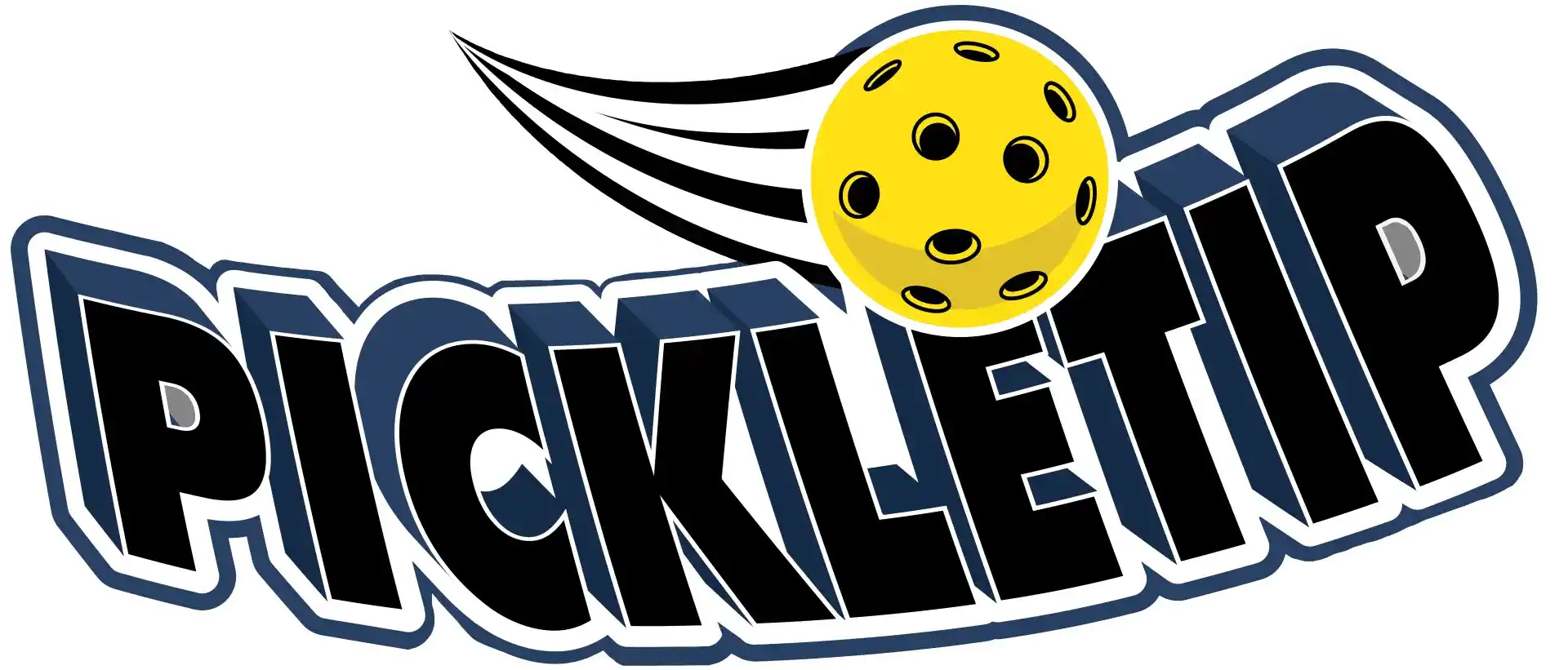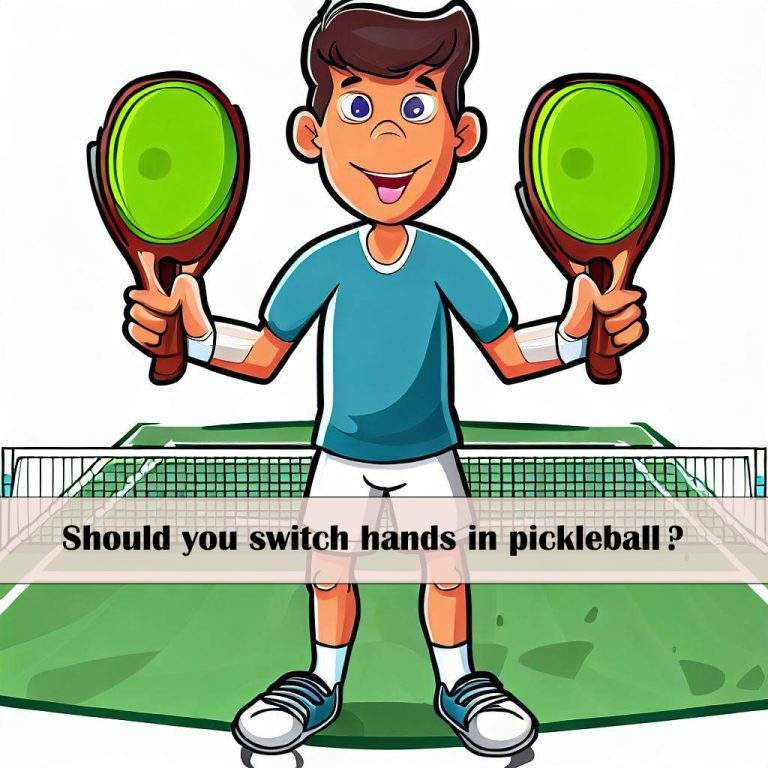Mastering Short and Deep Pickleball Return Strategies
Pickleball Return Strategies: Mastering Short and Deep Returns
Exploring Pickleball Return Strategies offers players a dynamic and engaging experience. A crucial aspect of the game is mastering the art of returning the ball, both short and deep, and effectively defending against these returns. This comprehensive guide delves into the nuanced strategies, techniques, and insights for excelling in pickleball returns, focusing on both short and deep strategies.
Understanding Return Dynamics in Pickleball
Factors Influencing Return Success
Understanding various factors is crucial in pickleball. These include Opponent Skill Level, which impacts how they counter shots; Your Skill Level, influencing your shot accuracy and control; Court Position, dictating safe targeting zones; Previous Shot, affecting your return choices; and Partner Coordination, essential for offensive plays.
Deep Returns: A Key Element in Pickleball Return Strategies
Pros:
- Pushes Opponents Back: Deep returns, a vital part of Pickleball Return Strategies, force your opponents to play from further back, limiting their aggressive volleys.
- Time to Move: These returns buy you time to advance to the NVZ, establishing a strong defensive position.
- Limits Opponent’s Options: A well-placed deep return can corner your opponents into weaker shots, a strategic move in pickleball.
Cons:
- Control Challenges: Achieving the right depth without errors is a skill to be honed in Pickleball Return Strategies.
- Limited Offensive Potential: While strategic, these returns often set the stage for future plays rather than scoring directly.
Situations for Deep Returns: Use deep returns when opponents are aggressive, you need space, or want to control the game’s pace.
Targeting: Aim for the middle of the baseline for safety, or corners for offense, considering opponent mobility, or weak backhands.
Shot Type: Opt for a drive for safety, a volley if comfortable, or a drop for deception.
Short Returns: Disrupting the Opponent in Pickleball
Pros:
- Disrupts Opponents: A sudden short return can disrupt your opponents’ timing, a clever tactic in Pickleball Return Strategies.
- Offensive Opportunities: Short returns set up scenarios for aggressive plays like volleys or strategic third shots.
- Exploiting Limited Mobility: Against less mobile opponents, a short return can force them to stretch too far, often resulting in a ‘popped up’ ball that creates advantageous situations for the returning player. This tactic is particularly effective as it compels the opponent to move out of their comfort zone, leading to potential errors or a weaker third shot.
Executing Short Returns Against Less Mobile Opponents
When playing against opponents with limited mobility, the key is to place short returns strategically. These shots should be aimed to land just over the net, making it challenging for the opponent to reach and return effectively. The success of this strategy lies in the precision of the shot rather than its power. However, it’s important to vary your returns to prevent predictability and to observe your opponent’s position to maximize the effectiveness of each short return.
Cons:
- Risky Against Aggressive Players: Agile opponents might capitalize on short returns, a consideration in your return strategy.
- Less Time to NVZ: Executing a short return reduces the time to move into a defensive position.
- Conceding the net: One significant drawback of short returns is the risk of conceding control of the net. When a short return is executed, it gives the opponent an opportunity to move forward and take a dominant position at the net. This is particularly risky if the opponent is adept at hitting effective third shots. Gaining control of the net is a crucial advantage in pickleball, as it allows the player in that position to dictate the play and put pressure on their opponent. Therefore, while short returns can be disruptive, they also carry the risk of losing the strategic advantage of net control.
Mobility and Unpredictability in Pickleball Returns
Opponent’s Mobility: Tailor your return strategy based on agility. Deep returns are safer against nimble players, while short returns can be effective against less mobile opponents.
Mixing Strategies: Varying your returns keeps opponents guessing, a crucial aspect of Pickleball Return Strategies.
Transitioning to Defensive Strategies in Pickleball Returns
Having explored the offensive dynamics of pickleball return strategies, it’s crucial to shift our focus to the defensive side of the game. Defense in pickleball is not just about reacting to your opponent’s shots; it’s a proactive approach that involves anticipation, strategic positioning, and skillful shot selection. In this section, we’ll delve into the nuances of defensive play, examining how to effectively counter opponents’ attacks, maintain control under pressure, and turn defensive positions into opportunities for regaining the upper hand in the game.
Techniques for Attacking Short Returns in Pickleball
Effective Strategies for Short Returns
- Early Aggression: Proactive drives, volleys, and drop shots are key in capitalizing on short returns.
- Angle Play: Utilizing court geometry with crosscourt volleys and sideline dinks is an effective tactic in Pickleball Return Strategies.
- Deception: Keeping opponents guessing with fake drives and varied pacing is a smart play.
Adjusting Technique in the Transition Zone
- Controlling Power: Modulating power in the transition zone is crucial for effective returns.
- Technique Adjustment: Shortening your backswing and focusing on topspin increases control over the shot.
- Strategic Play: Sometimes, resetting the play by dropping the ball into the kitchen is the best move.
Mastering Third Shot Drops
Kitchen Drops
Pros:
- High success rate when well-placed, forces opponents to scramble.
Cons:
- Requires precise control.
Situations: Effective when opponents are deep in the NVZ.
Targeting: Aim diagonally towards side walls with slight topspin.
Shot Type: Use a deep, soft dink with controlled placement.
Baseline Drops
Pros:
Forces opponents to run backwards, creating passing opportunities.
Cons:
More vulnerable to interception.
Situations: Useful when opponents are near the baseline.
Targeting: Aim for deep corners diagonally.
Shot Type: A controlled drop shot with moderate pace and topspin.
Attacking Deep Returns: Smart Play in Pickleball
Smart Movement and Shot Selection
- Approach the net with deliberate, controlled footwork. Rushing can lead to errors.
- Shot Selection: Choosing shots based on the return’s depth and position is crucial in Pickleball Return Strategies.
- Selective Aggression: Being strategic about when to attack sets you up for better opportunities.
Additional Insights for Effective Play
- Reducing Power as You Move Forward: Adjusting power as you advance towards the net is key in pickleball.
- Placement Over Power: Focusing on placement rather than power is a smart tactic in Pickleball Return Strategies.
- Hitting at the Returner’s Feet: This strategy can be highly effective, especially if the returner is still in motion.
Brushing Up on the Ball: Mastering Topspin for Effective Defense
While the instinct in defensive situations might be to aggressively smash the ball back at the opponent, a more nuanced and controlled approach can often be more effective. ‘Brushing up on the ball’ to create topspin is a technique that, when mastered, can significantly enhance your defensive play in pickleball.
Advantages of Topspin in Defensive Play
- Lower Trajectory Over the Net: Topspin allows the ball to dip faster after crossing the net, making it harder for opponents to attack the ball on their return. This lower trajectory can be especially useful in keeping the ball in play during intense volleys.
- Increased Ball Control: Applying topspin gives you more control over the ball, allowing for precise placement and making it difficult for opponents to predict where the ball will land.
- Forcing Errors: The downward curve of a topspin shot can lead to errors from the opponent, especially if they are not adept at handling spin.
Techniques for Effective Topspin
To effectively ‘brush up’ on the ball, consider the following techniques:
- Angle of the Paddle: Tilt your paddle at a slight angle upon impact. This angle is crucial for creating the brushing motion needed to generate topspin.
- Upward Swing Path: Swing your paddle in a low-to-high motion. This upward swing is what imparts the necessary spin on the ball, causing it to rotate forward as it travels over the net.
- Controlled Follow-Through: Ensure a smooth and controlled follow-through. The follow-through is as important as the initial contact, as it dictates the direction and extent of the spin.
By incorporating topspin into your defensive strategy, you not only increase your chances of keeping the ball in play but also create challenging situations for your opponent. This approach requires practice and finesse, but once mastered, it can be a game-changing element in your pickleball return strategies.
Resetting Instead of Attacking: Recognizing when to reset the rally is a crucial decision in pickleball.
Pickleball Return Strategies
In conclusion, mastering Pickleball Return Strategies involves adapting to the specific court situation, practicing for improved accuracy and control, observing top players, and maintaining effective communication and teamwork. These guidelines are not definitive rules but starting points to develop a personalized approach to winning points in pickleball.








One Comment